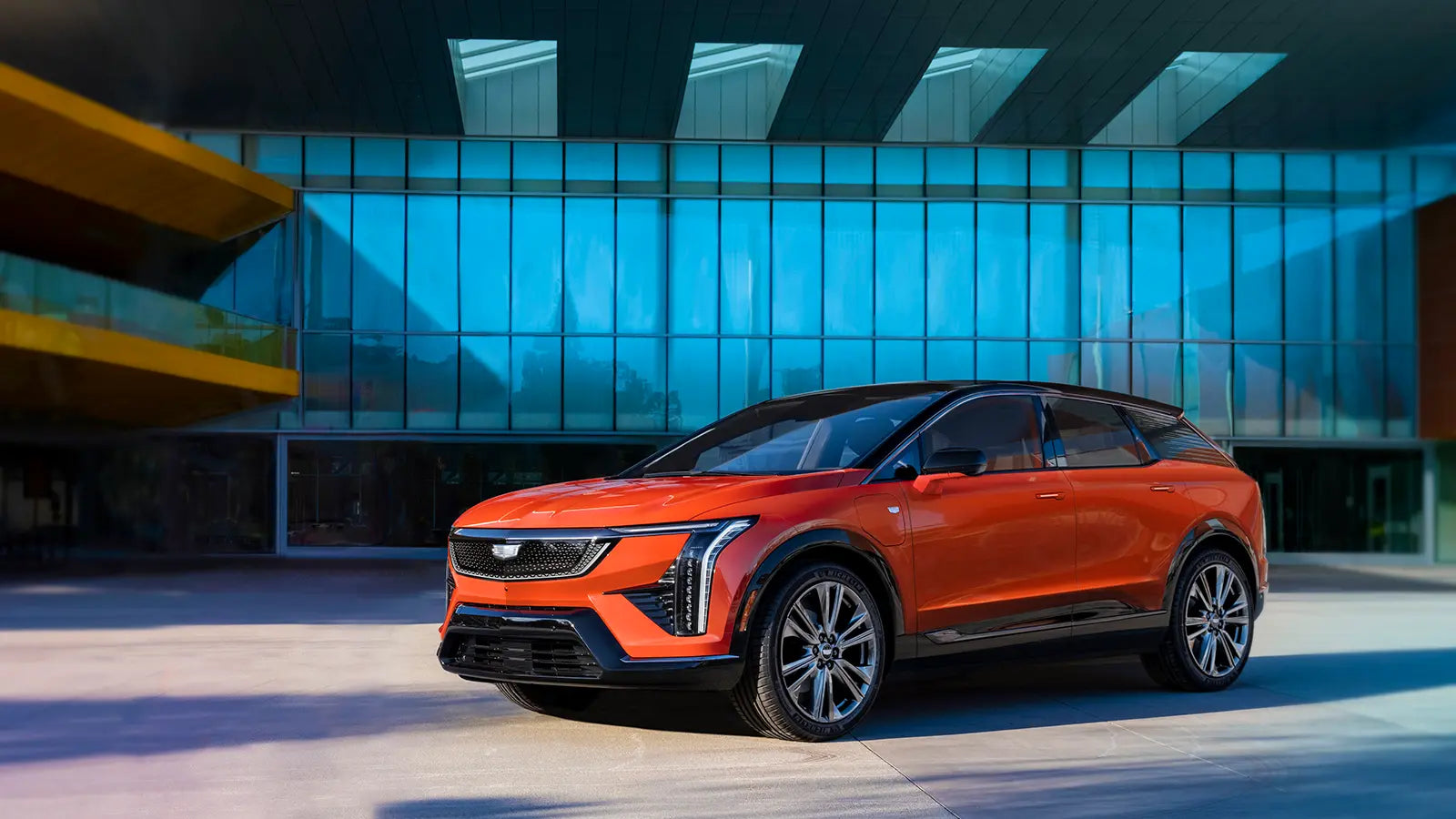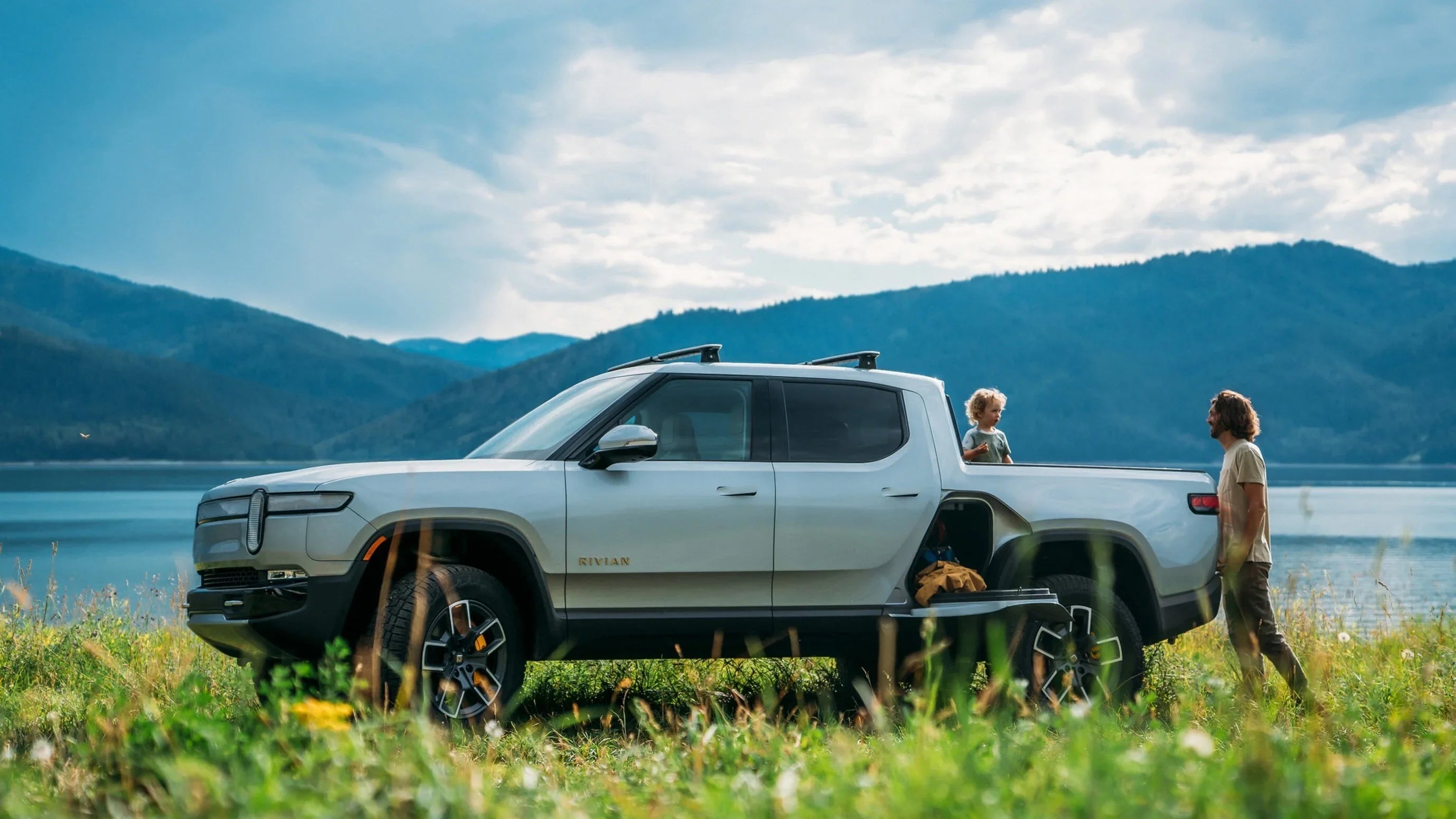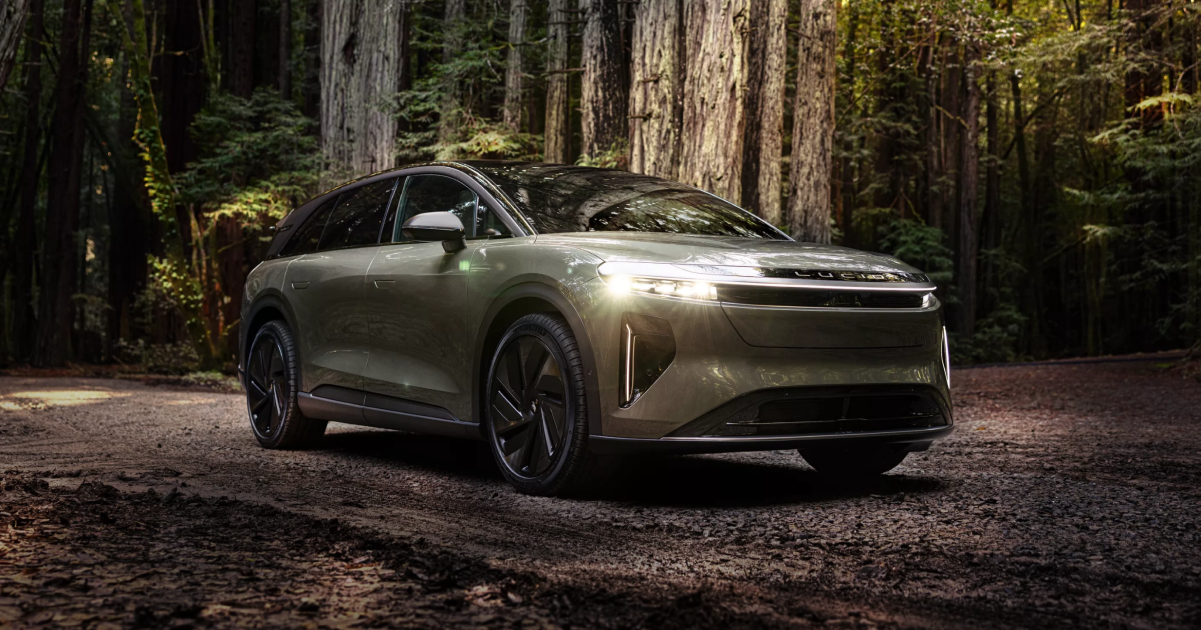GM’s EV Progress
General Motors has been steadily improving its electric vehicle lineup, delivering solid range, advanced tech, and hands-free highway Super Cruise. GM now offers EVs across multiple price points, combining everyday usability with premium features.
The 2026 Cadillac Optiq represents the next step. It swaps the bulky CCS port for Tesla’s North American Charging Standard (NACS) plug, giving owners native access to Tesla Superchargers and over 20,000 additional charging locations across North America. On paper, this seems like a major convenience upgrade—but real-world results tell a more nuanced story.

Battery and Charging Basics
The Cadillac Optiq features an 85-kWh battery pack, slightly larger than competitors in the compact-midsize class, such as the Tesla Model Y (75 kWh) and Hyundai Ioniq 5 (84 kWh). This battery is shared with other GM EVs like the Chevrolet Equinox EV and Blazer EV.
While capable, the battery is not a charging speed champion. Max DC fast-charging is 150 kW, mid-range compared with newer EVs. Real-world tests often show lower speeds. For example, charging expert Tom Moloughney reported no more than 100 kW on a 150-kW charger for the Equinox EV, and roughly 35 minutes to go from 20% to 80%—longer than the 25–30 minutes expected from modern fast chargers.
GM does not provide typical 10%–80% charge estimates, but claims the Optiq can add up to 81 miles of range in 10 minutes on a 150-kW charger. While unconventional, it demonstrates that a quick stop can provide enough energy for a moderate journey.
Tesla Supercharger Test
I tested the Optiq at a Tesla V3 Supercharger, rated up to 250 kW. Starting with 14% charge and 35 miles of range, the Optiq initially hit 147 kW, but speeds dropped quickly. By 37%, charging slowed to 129 kW, falling below 120 kW at 50%. At 60%, the rate had plunged to 85 kW, and after 25 minutes, the battery reached 65% at 67 kW.
Despite pre-conditioning the battery, the car never sustained the Supercharger’s full potential. The charging curve—how the rate changes over time—was a limiting factor. Unlike other EVs with steadier curves, the Optiq slowed considerably as the battery filled, extending total charging time.
Comparison With Competitors
Other NACS-equipped EVs demonstrate better performance on Tesla chargers. The Hyundai Ioniq 5 maintains roughly 126 kW throughout much of a charge, completing 10%–80% in about 30 minutes. The Subaru Solterra, with a slightly smaller 74.7-kWh battery, also holds three-digit charging speeds longer, reaching 80% in roughly 25 minutes.
In contrast, the Optiq’s charging curve limits efficiency, making its real-world charging slower than competitors despite the NACS advantage.
Real-World Implications
For typical driving, the Optiq still provides adequate range recovery during short stops. In my test, the battery jumped from 34 miles to 140 miles in 15 minutes—enough for a road trip segment. GM has never promised lightning-fast speeds, and the results are consistent with previous experiences across GM’s crossover EVs.
The Optiq excels in other areas: comfort, technology, styling, and range. Even in cold November conditions, it reliably delivered over 300 miles of usable range, highlighting GM’s continued EV improvements.

Room for Improvement
While overall performance is strong, fast-charging remains a weak spot. Larger GM EV trucks can hit 350 kW, but mainstream crossovers like the Optiq, Lyriq, and Blazer max out around 150–190 kW. As charging technology advances, faster and more consistent charging will become increasingly important for consumer satisfaction.
Ultimately, the Cadillac Optiq shows that GM can deliver a well-rounded, enjoyable EV experience, but owners should temper expectations when it comes to charging speed, even with Tesla’s Supercharger network.
Recommend Reading: GM to Phase Out Apple CarPlay and Android Auto Across All Models








Partager:
China-Only AUDI EV SUV Revealed With Impressive Specs
Tesla Opens Its Largest Solar-Powered Supercharger Site in California